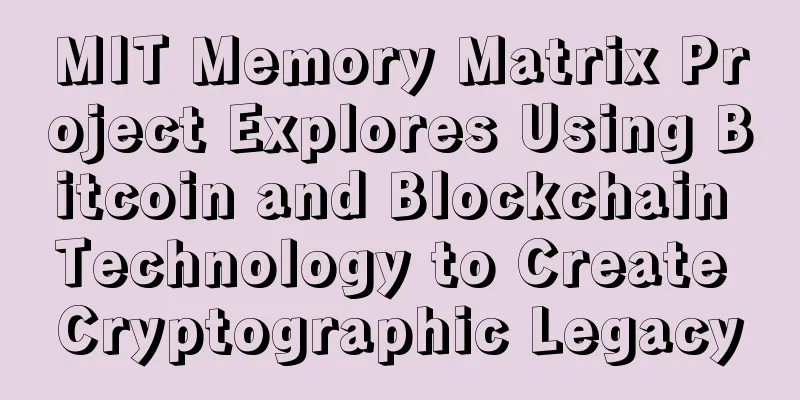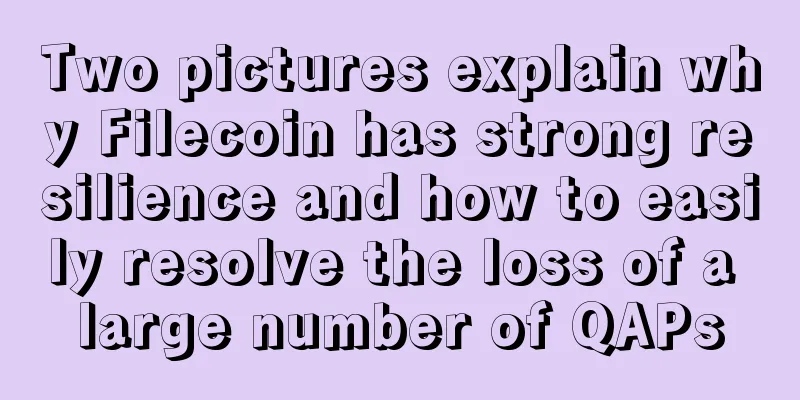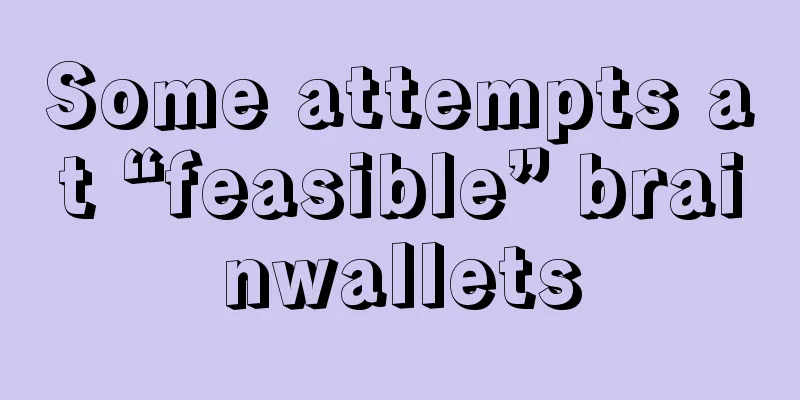MIT Memory Matrix Project Explores Using Bitcoin and Blockchain Technology to Create Cryptographic Legacy

|
In this day and age, cultural heritage is one of the most important cornerstones of our society. Of course, we are doing a lot of work to protect this heritage. MIT seems to be exploring the use of blockchain technology to protect cultural heritage, or more precisely, to encrypt heritage. Why is crypto heritage important to us?What we call cultural heritage is usually recorded in oral history or written form, but these forms are no longer very effective. Especially in times of (political) unrest, it is not easy to protect information in these areas. Whether it is due to conflicts or natural disasters, libraries and historical places are the first targets of destruction. Bitcoin combined with blockchain could be a very attractive approach to this problem, as they can be used to create a cryptographic legacy. Using a distributed, tamper-proof ledger that can be accessed by anyone at any time has significant advantages. Additionally, this technology can be used to authenticate documents and securely sign messages, making it far superior to any existing solution. Until now, the information contained in history books has sometimes raised far more questions than it has answered. For example, certain tribes and societies lived between year x and year y, but there is no way to verify this. Documenting this information about events, locations, and even infrastructure will help future generations better describe what our current society looks like. Through regular Bitcoin transactions, we can sign an external document on the blockchain. In addition, it is also possible to write text to the blockchain through miners or by programming specific addresses. However, both solutions are not very good in their current form. The Bitcoin OP_RETURN field protocol seems to have many advantages in this regard, but there are still many problems with how to handle this data in the future. Crypto-heritage projects are currently being tested, one of which is the Memory Matrix project. MIT is an important institution in this field, as their campus is being used to reconstruct destroyed heritage sites in a participatory project. Reconstructing lost culture through pixels is also an attractive aspect of the project. Additionally, Crypto Heritage allows users to prove their digital ownership of a pixel. Additionally, everyone can encrypt information using a public key that is attached to the pixel. Original article: http://www.newsbtc.com/2016/04/24/mit-explores-cryptographic-heritage-solutions-bitcoin-blockchain/ |
>>: ConsenSys develops Regis for distributed registry
Recommend
Canadian miners protest mining policies and threaten to withdraw operations from the local area
According to bitcoinist, Jonathan Bertrand, found...
Is it true that men with protruding eyes have poor relationships with the opposite sex?
If you want to see how popular a man is with the ...
Analysis of different regulations on digital currency in various US states
Crazy Commentary : All U.S. states are exploring ...
Bitcoin welcomes "national-level" players to join the game, and there are two new ways to play
The total market value of Bitcoin has returned to...
Are men with many crow's feet really unfaithful?
Are men with many crow's feet really unfaithf...
Ethereum Istanbul hard fork will be carried out in two parts, and 6 code changes have been confirmed
Ethereum’s core developers finalized a list of si...
What kind of woman is difficult to get along with?
In real life, many girls are only children and ar...
What does it mean when a man has a mole above his right eyebrow? What are the impacts?
Traditional physiognomy covers a wide range, among...
Eyebrows to judge what disease you will have
Eyebrows to judge what disease you will have Obse...
Rethinking from the perspective of the ecosystem: How does Filecoin innovate?
Recently, ETH Global and Filecon hosted the Stora...
The face of a friend who is worth your lifelong friendship
The face of a friend who is worth your lifelong f...
What are the facial features of successful people?
As mentioned earlier, the upper part of the foreh...
The most unlucky face
In this day and age, everyone is working hard to ...
Moles on the arms indicate different destinies depending on the position
A mole on the arm can actually affect one's f...
Why Are North Korean Hackers So Good at Stealing Cryptocurrency?
Ben Zhou, the boss of Dubai-based cryptocurrency ...









